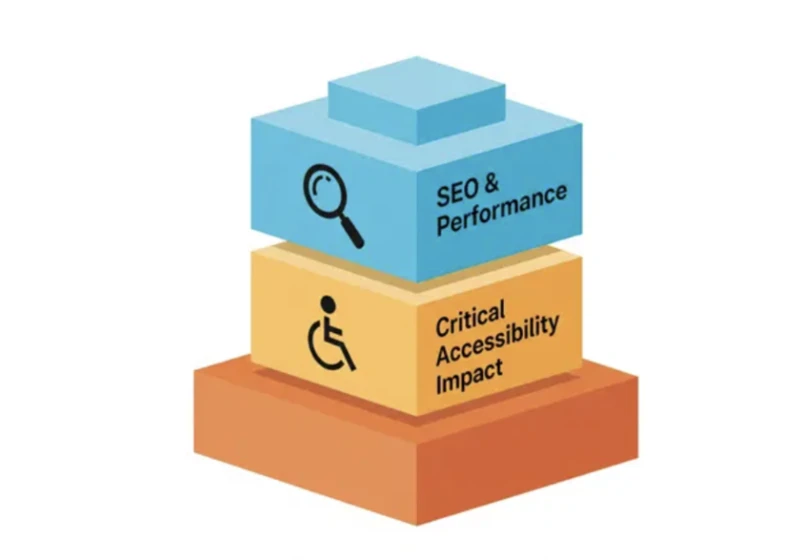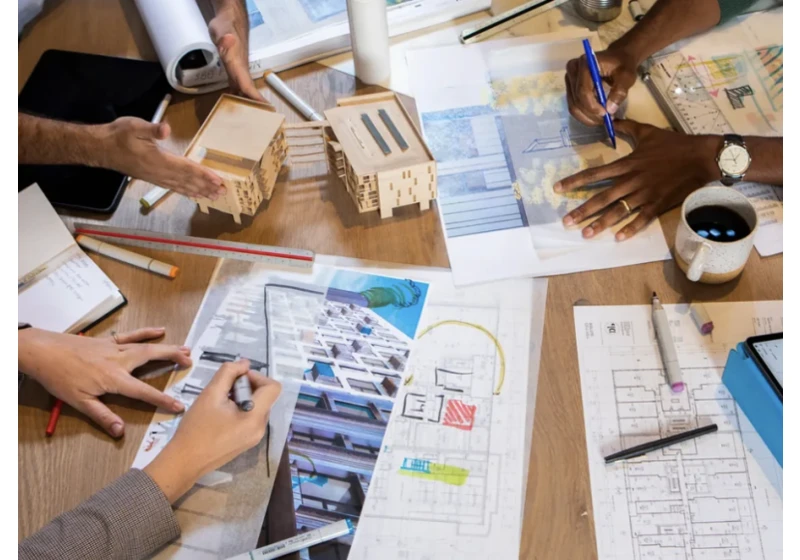
Over five years ago, I transitioned from architecture to UX design. At the time, the internet was full of think pieces drawing parallels between the two disciplines: how both are about designing systems for people, how architects shape physical spaces while UX designers shape digital ones. I agreed with all of it — and I still do. The conversation largely focused on what UX can borrow from architecture: structure, planning, conceptual thinking. https://webdesignernews.com/designing-for-people-wh

WCAG is evolving. Since 1999, the Web Content Accessibility Guidelines have defined accessibility in binary terms: either a success criterion is met or not. But real user experience is rarely that simple. WCAG 3.0 rethinks the model — prioritizing usability over compliance and shifting the focus toward the quality of access rather than the mere presence of features. Could this be the start of a new era in accessibility? https://webdesignernews.com/wcag-3-0s-proposed-scoring-model-a-shift-in-acce

Using scroll shadows, especially for mobile devices, is a subtle bit of UX that Chris has covered before (indeed, it’s one of his all-time favorite CSS tricks), by layering background gradients with different attachments, we can get shadows that are covered up when you’ve scrolled to the limits of the element. https://webdesignernews.com/modern-scroll-shadows-using-scroll-driven-animations/
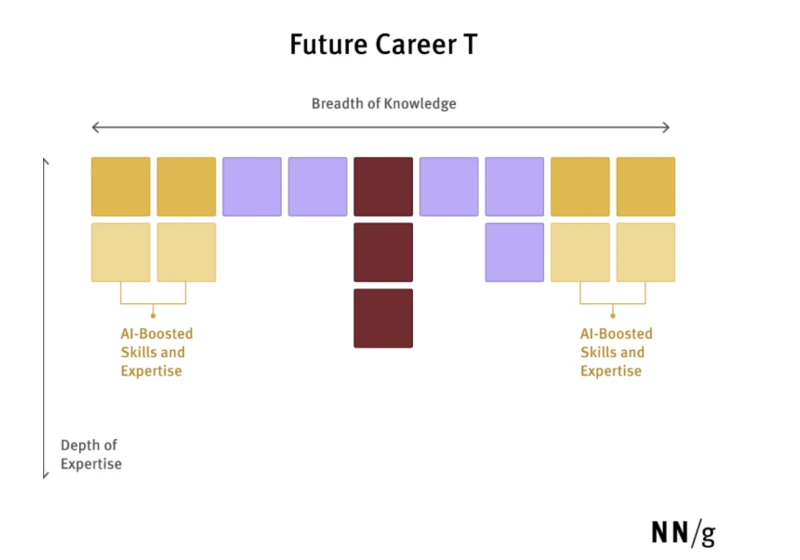
For years, our industry has debated (and sometimes derided) the concept of the “UX unicorn,” that mythical professional who can do it all: qualitative research, quantitative research, design, content strategy, and more. Over the past decade, we’ve concluded that specialization is more practical, especially as larger design organizations and focused roles became the norm. As AI reshapes our field, we’re seeing an interesting shift: the return of the generalist. https://webdesign
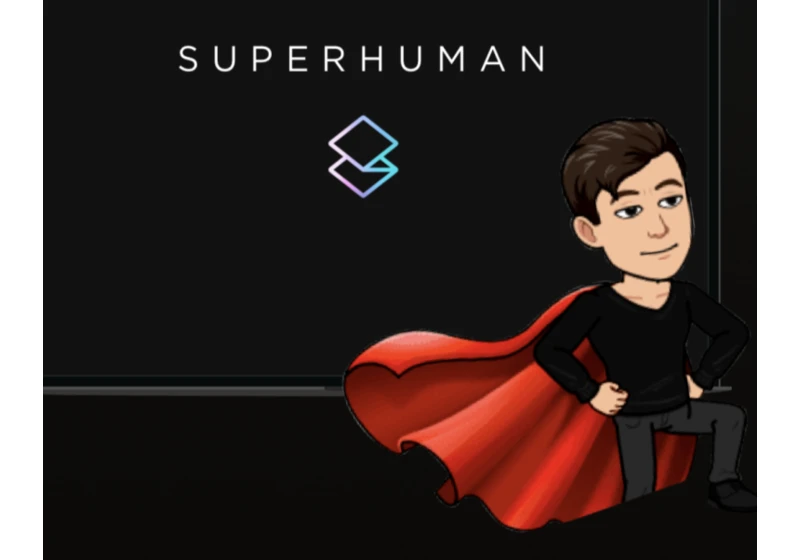
Superhuman is the most secretive and hyped email experience right now. https://webdesignernews.com/superhumans-secret-onboarding-ux/
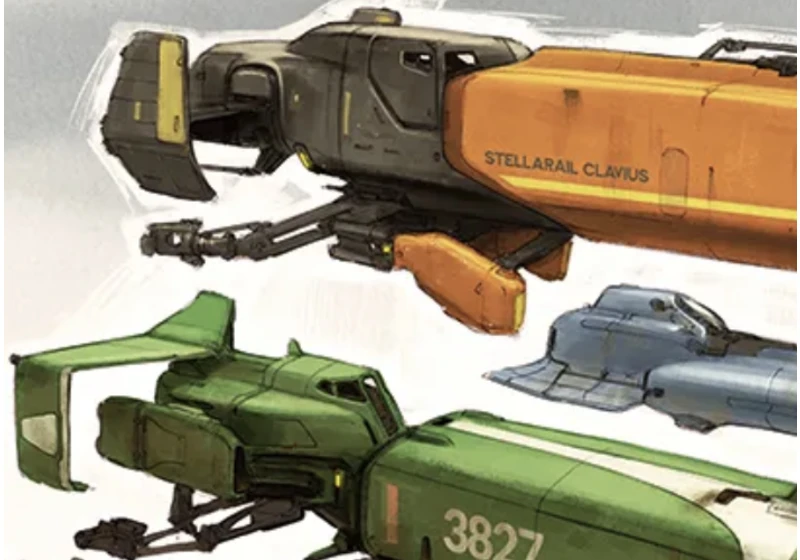
Ships and vehicles are a fascinating area of concept art because they can communicate so much about the world where a game or movie is set. Sometimes vehicle designs can feel cold or uninspired, but I have some favourite techniques for ensuring designs have character and really bring a world to life. https://webdesignernews.com/10-tips-for-designing-epic-ships-and-vehicles-for-concept-art/

This topic is especially close to my heart. Over the years, I’ve run close to 100 workshops, coached designers through dozens more, and even created some of my own formats along the way. It’s safe to say I’ve learned a lot about what makes a workshop truly effective (and what doesn’t) — and I’m excited to share some of that with you. https://webdesignernews.com/the-secret-to-effective-ux-workshops/

